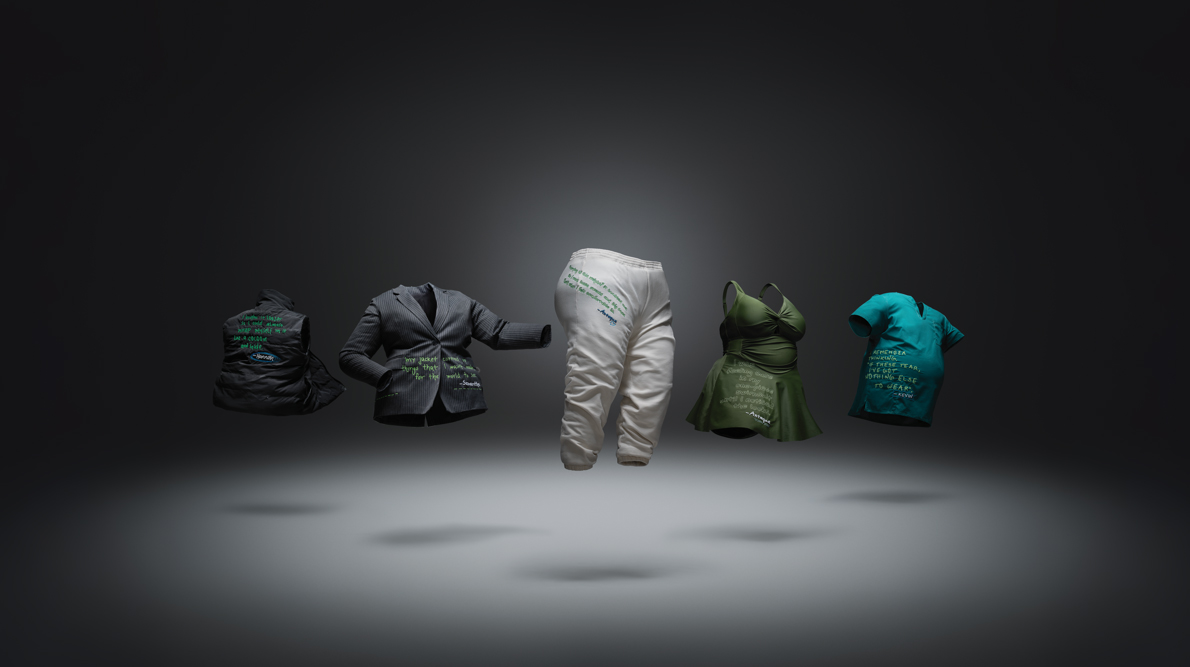The primary mode of transmission for the Zika virus is thought to be through the blood, however worries that the virus could be passed along through other bodily fluids prompted researchers at the University of Wisconsin-Madison to study saliva’s virus-harboring potential. The research – which was published in the journal, Nature Communications – found that contact with saliva through kissing or other forms of casual contact are unlikely to lead to transmission of the Zika virus.
The Aedes aegypti mosquito is the primary vector in the spread of the Zika virus, which can infect a person after drawing blood from a Zika-positive individual. The Zika virus can persist in the blood and saliva for around 14 days post-infection, during which time patients may or may not experience mild symptoms.
However, the virus can still be detected in samples of semen and breast milk long after it has been cleared from the blood. This persistence helps explain some cases of sexually-transmitted Zika infections which occur months after the person was originally infected with the virus. The current study is one of the first to shed light on whether saliva-based infection is possible with the Zika virus.
“If passing the virus by casual contact were easy, I think we would see a lot more of what we would call secondary transmission in a place like the United States,” said Dr. Tom Friedrich, a virology professor at the UW-Madison School of Veterinary Medicine. “But we’re not seeing clinically apparent spread of Zika throughout the continental US without the presence of the mosquitoes that carry the virus, and our study helps to put into context some of the transmission risk.”
Prompted by a case of Zika transmission between a Utah-based elderly man and his son in 2016, the National Institutes of Health (NIH) funded a saliva study conducted by Friedrich and his colleagues in an attempt to identify the mode of transmission. The team infected rhesus macaque monkeys with the dominant strain of Zika virus that was infecting people in North and South America at the time.
They collected saliva from these Zika-infected monkeys and applied it to the tonsils of five uninfected animals. None of those monkeys developed a Zika infection after being swabbed, while three monkeys who had a highly-concentrated dose of the virus applied to their tonsils did eventually develop an infection.
“The viral loads in the saliva in general are low, but there are also anti-microbial components in saliva making that low level of virus even less infectious than it might be in another medium,” said Christina Newman, a scientist with the UW-Madison Zika Experimental Science Team.
In addition, Dawn Dudley, a scientist in UW-Madison’s School of Medicine and Public Health, points out that the viscosity of saliva also presents a barrier to Zika infection.
“The case in Utah was an outlier – by orders of magnitude – in terms of the amount of virus that was present in his blood,” said Friedrich. “Transmission via saliva is theoretically possible, but it would require extraordinarily high viral loads that just aren’t present in the vast majority of infected people.”












Join or login to leave a comment
JOIN LOGIN